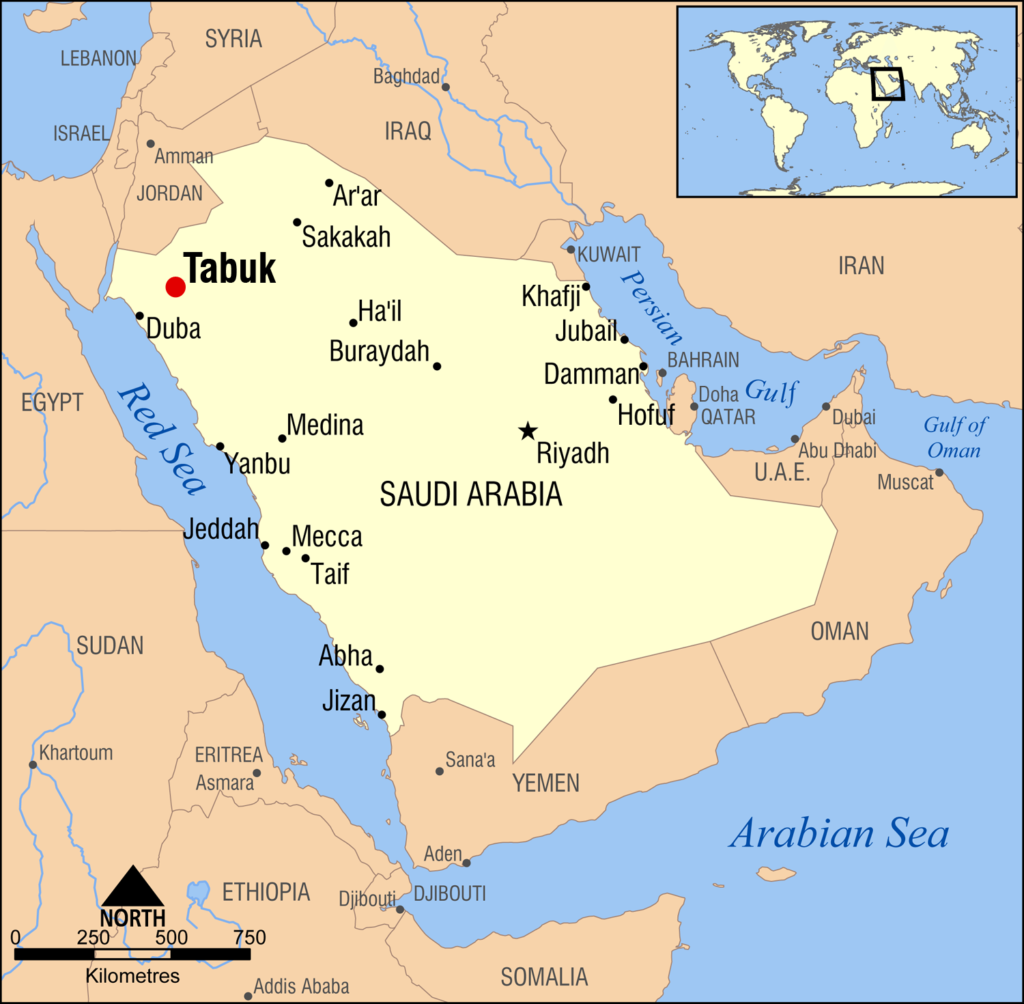
Guest Contributor
Courtney Freer, Assistant Professorial Research Fellow, London School of Economics and Political Science
As tensions between Saudi Arabia and Iran continue to rise, with the Iran-backed Houthis having claimed responsibility for an intercepted missile attack on Saudi Arabia’s Ras Tanura port on 7 March (Nereim and Khraiche, 2021) and with reports emerging a week later about another attempted attack (Gulfnews, 2021), it is worth revisiting the role of sectarianism in Saudi domestic politics. I argue that sectarianism sustains the kingdom’s continued authoritarianism, which is further underpinned by a rentier economy financed by hydrocarbon wealth. The Saudi government is therefore uniquely placed to manage a Shii population which it has increasingly come to see as an Iranian fifth column, particularly as regional tensions with Iran mount.
Continue reading

